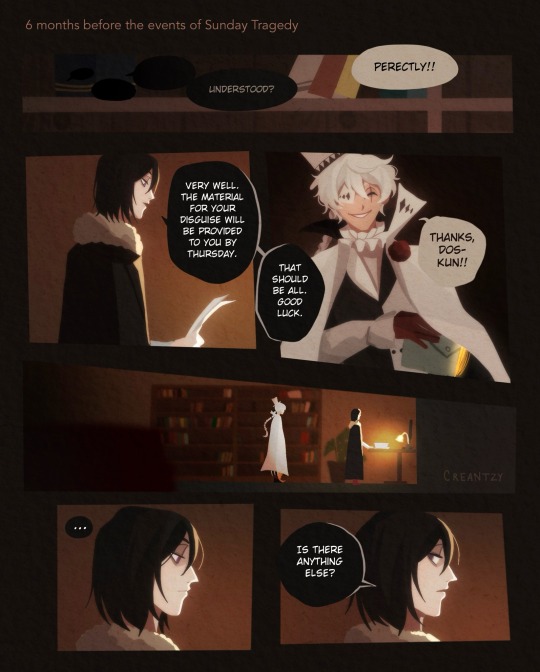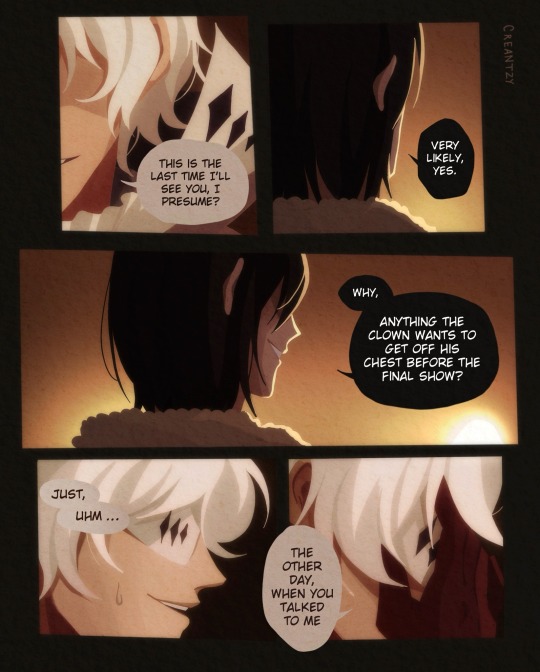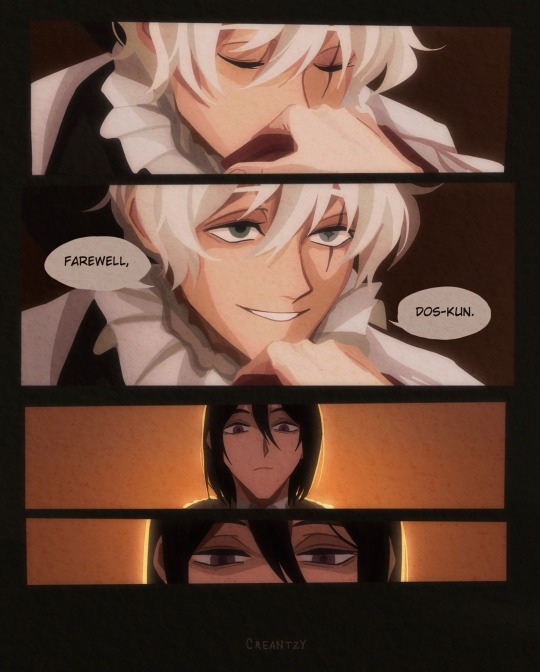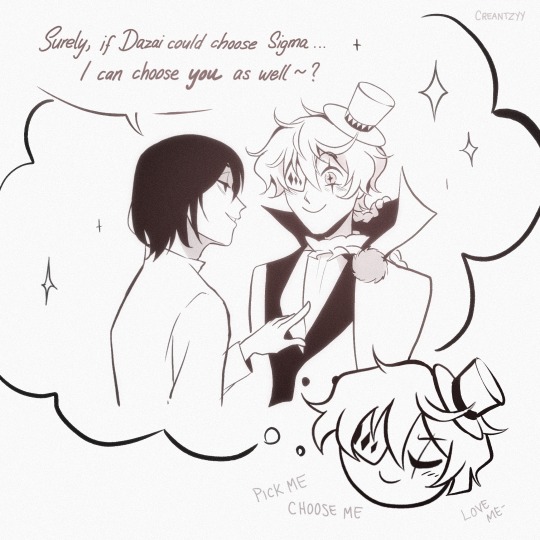acompassionatemonster
273 posts
Liz, Fic Writer | Dark content friendly. | Commissions: OPEN | Requests: OPEN | She/Her|
Don't wanna be here? Send us removal request.
Photo



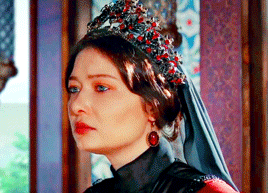


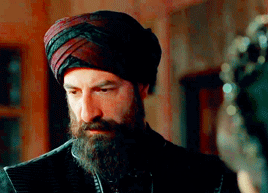
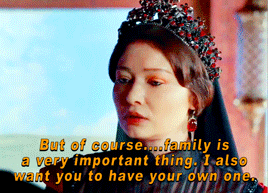

I’m worried about you, Sultana. There are rumours about us everywhere. I don’t want you to suffer because of me. We need to do something about it. What do you want to do?
Happy Birthday Nicole! (@kosemscrown)
171 notes
·
View notes
Text

No, she isn’t. The whole „evil Kösem” thing isn’t played straight in MYKS2.
Kösem was in a role no woman was before her in Ottoman Empire – she was a woman who governed on her own and it wasn’t a role expected of a woman or one subject to any real legal regulations, and the fact that she often formed an alternative source of power in time of weak, tyrannical or mentally ill rulers just made people more to treat her as usurper, someone who made difficult decisions that she wasn’t entitled to make, since they weren’t traditionally within female sphere of influence in the Ottoman Empire, especially in minds of certain bureaucrats. If she had been a padişah, nobody would have given her such wank for them.
This is best exemplified in one of the conversations between Kösem and Murad where he accuses her of being “plague that entered their dynasty by deceit” and “sick woman”. He mentions that yes padisahs made numerous painful sacrifices for the state, but here he is the PADISAH, so he may do what he wants, while she is not entitled to do so just for the fact she’s not the monarch in what was always absolute monarchy. He’s the only person who can make decisions concerning dynasty, no matter what sort of decisions they are, even if destructive ones. He is, nota bene, proven wrong in about this when in his final episode he is criticised by the mufti Yahya Efendi (who for some time was his big supporter) for ordering to execute Ibrahim and Mustafa, thus placing the end to the Ottoman dynasty, which decision is deemed as impossible to carry out. Similarly, he is also called out by Kösem upon executing Ahizade because even the padisah couldn’t execute the Grand Mufti – Kösem calls it “similar unflawlufness that what happened to Osman that she will not allow” even after Murad’s argumentation that since the public killed the sultan, he might execute the chief judge because who he is next to a padisah.
Halil Inalcik in one of his interviews stated that the fact that the mere fact that a woman was ruling the Empire over a padisah (in this case he was talking about Ibrahim’s reign) was viewed negatively and was labelled in chronicles written by contemporary bureaucrats as tagallüb, that is unlawful tyranny, “unjustified taking power into her hands”
It generally shows position of many women that dared to rule, even Elizabeth I in England had to face criticism of people calling her reign illegitimate, and she was a crowned queen regnant.
Czytaj dalej
59 notes
·
View notes
Text
MY MANS AND HIS SLUTTY WAIST IS BACK


42 notes
·
View notes
Note
Kosem was a very controversial Sultana. What was her real character?? I couldn't find that what was her position during Murad IV's reign?? Some said that she introduced men to Murad so that he isn't influenced by ladies and wives. Is it true?? What was her role in Ibrahim's reign?? How exactly was she greedy for power from capturing Ibrahim and Mehmed's reign that Turhan became her enemy?? Did her greed ended her life?? or it was a political war that chose one?
Was she particularly controversial though? Kösem was appreciated by her contemporaries. Venetian ambassadors all described her quite positively, even when she was just a consort. What is always highlighted, I have noticed, is her prudence and wisdom:
Contarini noted, however, that Kosem "restrains herself with great wisdom from speaking [to the sultan too frequently of serious matters and affairs of state." Her circumspection was probably aimed at avoiding the displeasure of the sultan, who was determined to avoid giving the appearance of being dominated by a woman, as his father had been. — Leslie P. Peirce. The Imperial Harem: Women and Sovereignty in the Ottoman Empire
"[A]ll power and authority [is with] the mother, a woman completely different from that of Sultan Mustafa. in the prime of life and of lofty mind and spirit, [who] often took part in the government during the reign of her husband. — Leslie P. Peirce. The Imperial Harem: Women and Sovereignty in the Ottoman Empire
But because under the rule of [Kösem's sons] the major events of the Ottoman House happened, in which she knew how to preserve herself with esteem and honour, it must be said that she is a woman of good conduct, who knows very well how to join her private pleasures with public labour. — Le relazioni degli Stati europei lette al Senato dagli ambasciatori veneti nel secolo decimosettimo, raccolte ed annotate da Nicolò Barozzi e Guglielmo Berchet
This lady is Greek, around forty-five of age at present, of beautiful appearance and very noble features, of gentle nature, she delights in pleasure and solace, she is virtuous, wise, prudent, splendid and generous — Luigi Firpo, Relazioni di ambasciatori veneti al Senato: Constantinopoli relazioni inedite (1512-1789)
This is how Özlem Kumrular describes her in her book Kösem Sultan: iktidar, hırs, entrika
A resolute woman who managed to survive half a century in the Ottoman capital and who left her name on the pages of history. Described by various epithets: Sultana Kösem, tyrant, regent, intelligent, patient, capable of fighting for power at any cost. Also a woman who knows when to wait and when to act. Guided by reason, not temporary moods, able to open any door. She is a white-headed woman, whom history does not adore as an extraordinary beauty, but that remembers her for her charm, and above all her intelligence and cleverness. [...] In European sources, she is one of the women who gained immortality due to her image as regina (queen) and regina madre (queen mother). It was Kösem Sultan, also called imperatorice (empress), who tried to protect the state from collapse in the most turbulent period of Ottoman rule. At the same time, in the name of power, of this specific relationship that links the institution of the state with her own love, she sacrificed her own sons, her own blood. [...] Moreover, Kösem strengthened a state whose near collapse had already been talked about, even though it seemed far away to most in this turbulent period.
I don't understand what you mean by position in Murad IV's reign. She was first regent of the sultanate and then just valide sultan. After she left the regency, Venetian ambassador Alvise Contarini said that:
In the time I was in Istanbul [1636-1640], she only aimed to curb her son Sultan Murad's violent temperament.
On Ibrahim's accession:
In the present government, to the extent that this son's capabilities are less, she is held in greater esteem [than at the end of Murad's reign]. And thus, with her commanding affairs within the palace and the grand vezir [commanding] those outside, it happens quite often that these two rulers conic up against each other and in doing so take offense at each other, so that one can say that in appearance they are in accord but secretly each is trying to bring about the downfall of the other. (translation by Leslie Peirce)
I have already talked about this but that she supplied boys to Murad IV to keep him from getting influential consorts is a myth that has somehow entered Ottoman historiography. Murad IV had - according to Evliya Celebi - 32 children so he certainly had consorts. That they weren't influential is because of Kösem's overbearing presence as regent first and valide sultan after.
Again, I have talked about this countless times: she did not steal Turhan's position during Mehmed IV's reign and during Ibrahim's people were almost relieved that she was again ruling behind the scenes because Ibrahim was not good at ruling. On Ibrahim's deposition, Kösem was offered the regency because Turhan was too young:
According to Karaçele-bizade Abdu laziz Efendi, then the chief justice of Rumeli and a central figure in the dynastic upheavals of the time, it was considered prudent to appoint the more experienced woman regent in contravention of tradition: It being an ancient custom that upon the accession of a new sultan the mother of the previous sultan remove to the Old Palace and thus give up her honored office, the elder valide requested permission to retire to a life of seclusion. But because the loving mother of the [new] sultan was still young and truly ignorant of the state of the world, it was thought that it she were in control of government, there would result the possibility of harm to the welfare of the state. Therefore the elder valide was reappointed for a while longer to the duty of training and guardianship, and it was considered appropriate to renew the assignment of crown lands to the valide sultan. — Leslie P. Peirce. The Imperial Harem: Women and Sovereignty in the Ottoman Empire
58 notes
·
View notes
Text
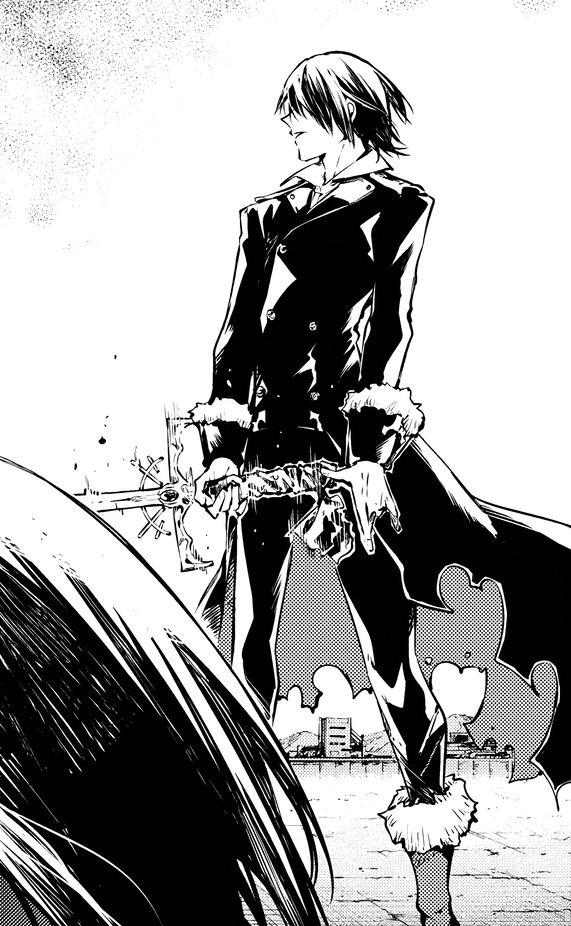
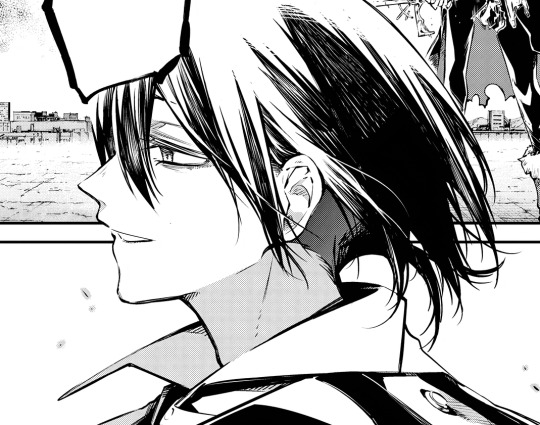
Now we REALLY need Nikolai because who else would properly simp over Fyodor in this attire
3K notes
·
View notes
Text

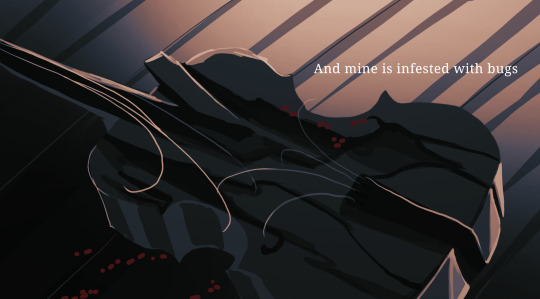
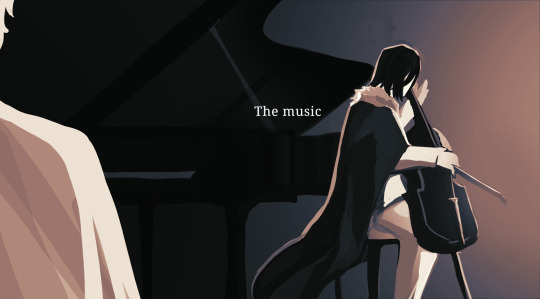
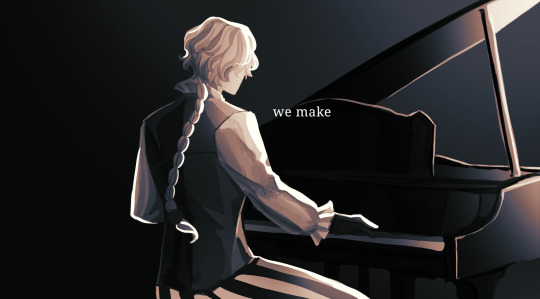
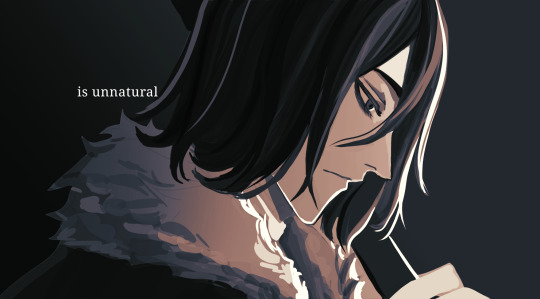
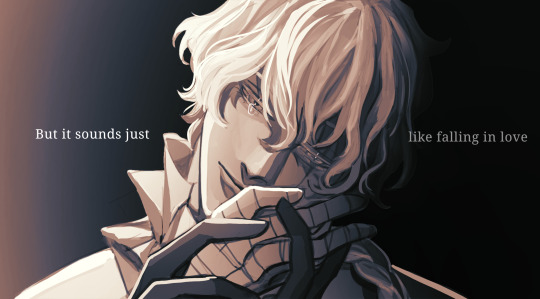
Fyolai Duet.
Been listening to birds of death(the one Fyodor perform with his cello) the original piece has a piano duet so I've come to conclusion on drawing Nikolai with piano. :))
4K notes
·
View notes
Text

dtiys for @definetelynotavampire!! Thanks for encouraging me to actually draw again, I loved the symbolism :D
1K notes
·
View notes
Text
Studio Bones refused to animate Nikolai’s expression but I believe in justice for Fyolai so I did it myself (Season 5 Episode 1 Spoilers)
5K notes
·
View notes
Text
And the most unasked for crossover reward goes to

Galran Fyodor and Altean Nikolai because what else am I supposed to do with my life

Yes you are seeing Keith Kogane and Nikolai Gogol in the same room You’re not the one losing your mind I am
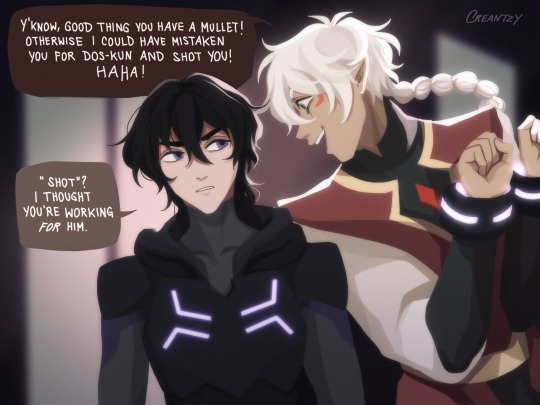
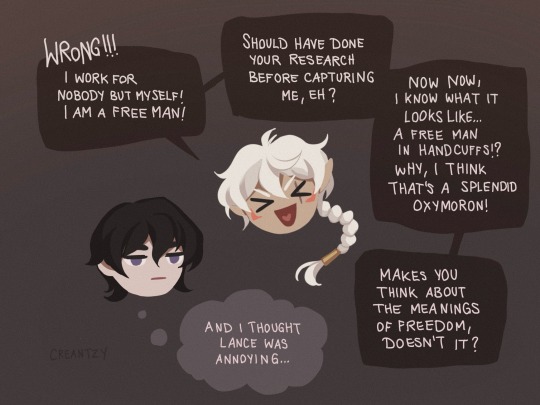
Anyway my brain loves doing that shit where you scrape together even the most surface level tiniest similarities between two things that are as unrelated as something can be so,, take this and suffer with me
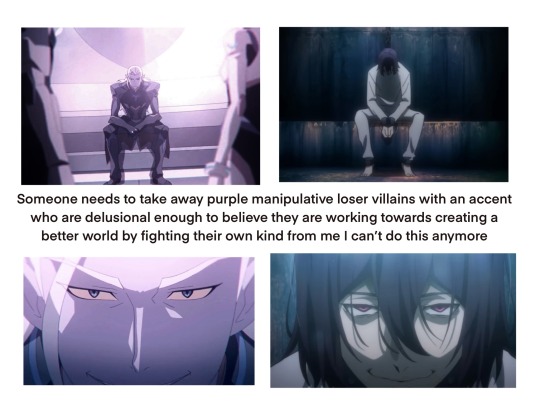
4K notes
·
View notes
Text

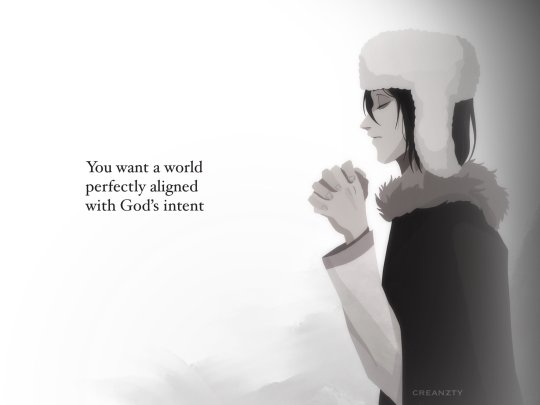
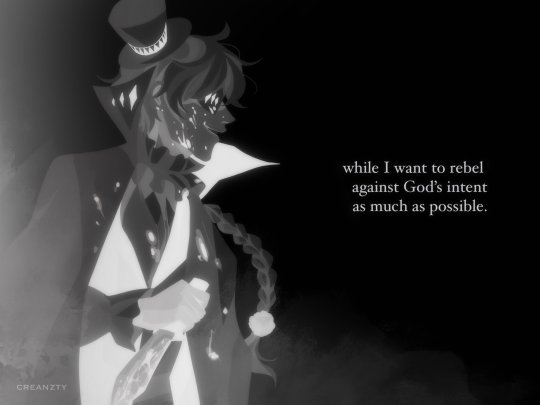


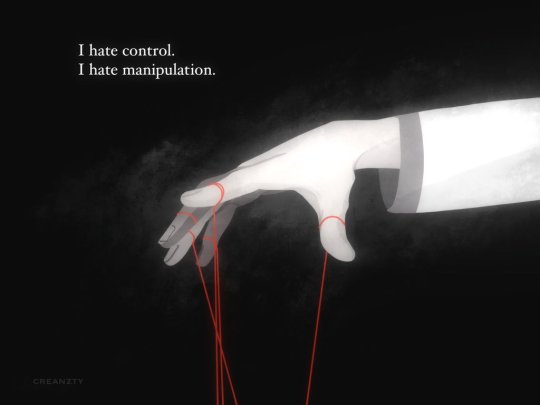

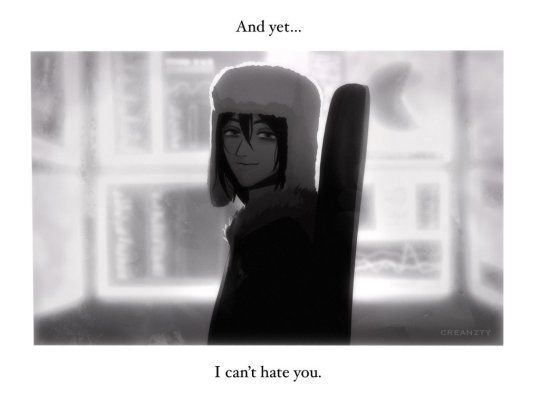
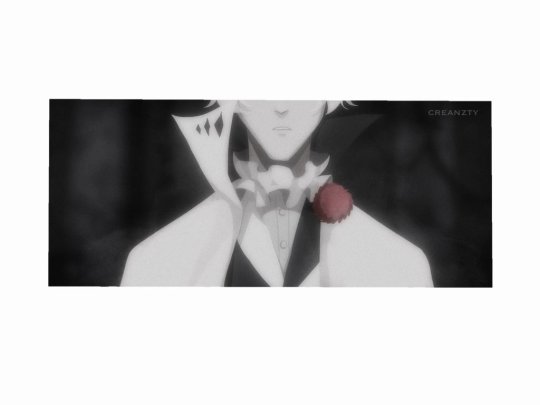

🤍🖤
I'll be honest, making The Path To Freedom made me want to implement writing into my art more often (even if it's something as short and simple as this) to explore more ideas around Fyodor and Mykola, so expect more of that in the future xD
This time I was given a little visual inspiration by Arabella🤭
5K notes
·
View notes


